Ternate Island
The remote island home of the overlooked explorer who co-discovered the theory of evolution by natural selection.
In an 1858 letter to a friend, English naturalist and biologist Alfred Russel Wallace wrote that he’d spotted an insect whose colorings were almost imperceptible against the muddy ground it was on. He was perplexed by the markings, but, he wrote, “I have lately worked out a theory which accounts for them naturally.”
Wallace was mulling over the theory of evolution by natural selection, which he identified around the same time as Charles Darwin, who would end up with most of the credit. Darwin achieved lasting fame while Wallace fell into relative obscurity.
While working in separate hemispheres, Darwin and Wallace were both full of curiosity, and committed to exploring these ideas. Wallace spent nearly a decade exploring the wildlife across a remote chain of islands east of Sumatra, what was at the time the Dutch East Indies, and studying the impact of a geographical boundary on the natural world, later named The Wallace Line. He collected tens of thousands of natural specimens that would help lead to the formulation of his theory.
It was during this island-hopping expedition that Wallace rented a house in Ternate, a small, lush volcanic island in eastern Indonesia, to serve as a home base. Here is where he wrote many of his scientific papers and letters. It was from Ternate that he sent a letter on March 9, 1858 to Darwin along with a detailed paper describing his theory.
Darwin had come to the same conclusion on his own years earlier, and was emboldened by Wallace’s realization. They jointly published a paper arguing their groundbreaking and then-controversial theory that year. Darwin published The Origin of Species a year later, which became a sensation and would propel him to fame.
While both men were brilliant, Darwin had one major advantage: He had backing from the scientific community and the money to do his work, which meant that Wallace’s work was largely unknown. Wallace collected specimens to prove his theories, and his trips to collect and learn more were funded by selling those specimens to museums and private collectors.
During his travels, Wallace would take advantage of any time he spent in a city to send his findings back to other scientists and scientific journals. He would also note his findings in a journal he kept. It was his journal that would later form his seminal work, The Malay Archipelago, a bio-geographical book outlining Wallace’s finds and travels on the islands. Today, these islands are either Malaysia or Indonesian sovereignties, but as one researcher noted, in Wallace’s time these would have been “a great Milky Way of land masses and seas and straits, little explored by Europeans, sparsely populated by peoples of diverse cultures, and harboring countless species of unknown plant and animal in dense tropical forests.” In other words, a researcher’s dream.
Wallace cataloged plants and animals (“It is remarkable that an animal so large, so peculiar and of such a high type of form as the orang-utan (sic) should be confined to such a limited district”), and tasted local foods (Wallace on durian fruit: “a rich butter-like custard highly flavored with almonds generally gives the best idea of it, but intermingled with it comes wafts of flavor that call to mind cream-cheese, onion sauce, brown-sherry, and other incongruities”). He wrote in flowery prose about catching butterflies (“My heart began to beat violently, the blood rushed to my head, and I felt much more like fainting than I have done when in apprehension of immediate death.”), and he tracked the months and miles and species that eventually led him to his most notable achievement.
The tiny island of Ternate may have been lost to obscurity as well if not for a resurgence of interest in the scientist. Today, tours of the island are even offered to allow visitors to follow in Wallace’s footsteps. One spectacular local bird, which can be found inhabiting the neighboring islands of Halmahera and Bacan, was named Semioptera wallacii (Wallace’s Standard-wing Bird of Paradise) after Wallace who collected the first specimens. Over 100,000 specimens collected during Wallace’s exploration of the islands were sold to British museums and collectors.
Unfortunately, there is no plaque honoring Wallace on Ternate, and, according to Wallace historian Dr. George Beccaloni, it is likely that the house where Wallace lived and worked is no longer there. However, the beauty of the island—which Wallace wrote as having “grand views on every side,” and “lofty volcanic peaks” with huge mountains rising behind them covered in “perpetually faint wreaths of smoke … calm and beautiful” is itself worth seeing. You can still explore the impressive old Fort Oranje, which was just below Wallace’s house, and imagine the wonders he saw and the mysteries he wanted to unlock, ultimately forming a theory that would change the way that people viewed the natural world.



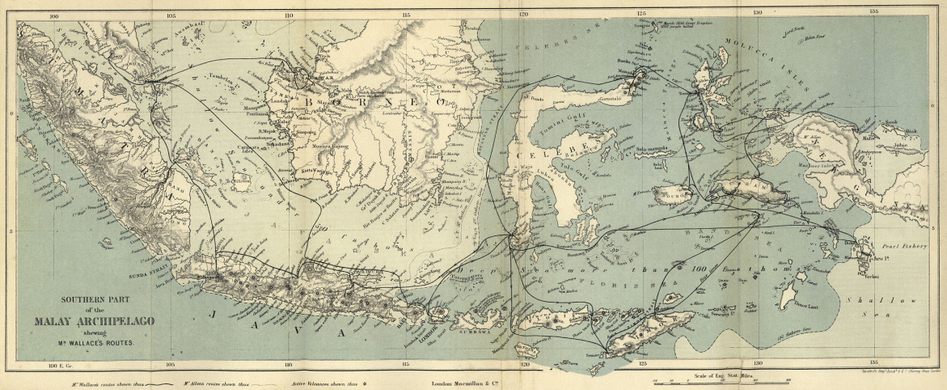
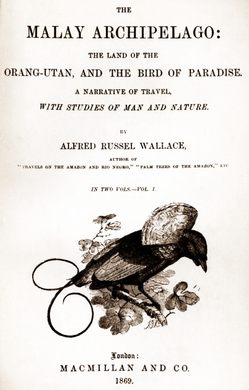

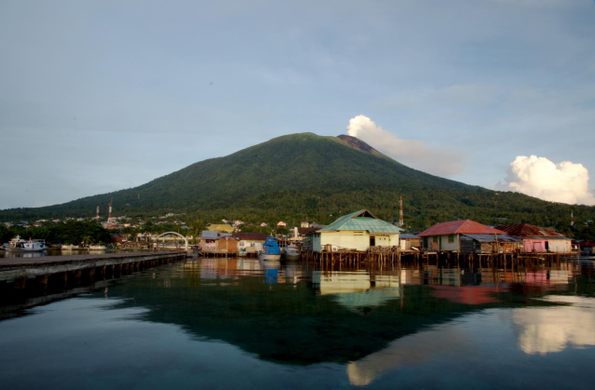

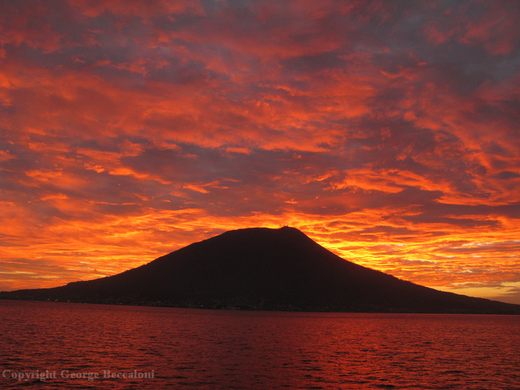








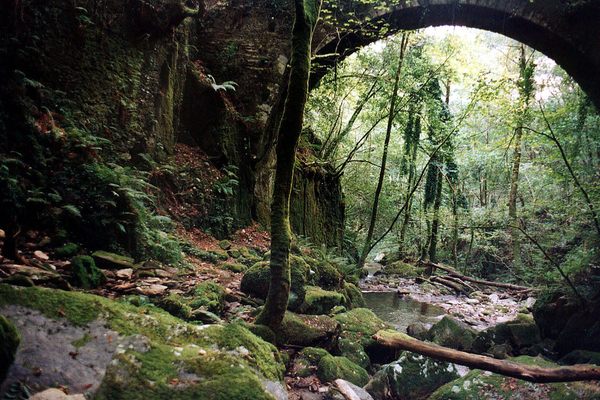
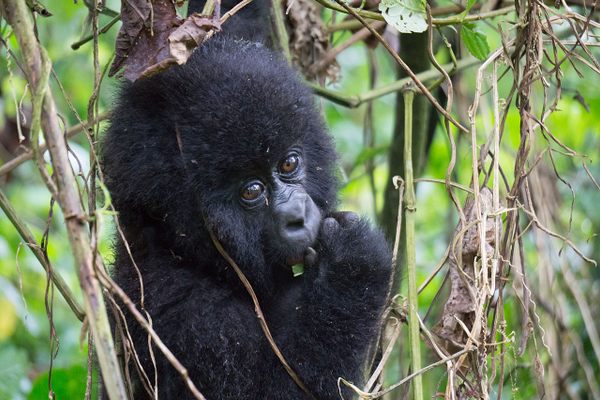
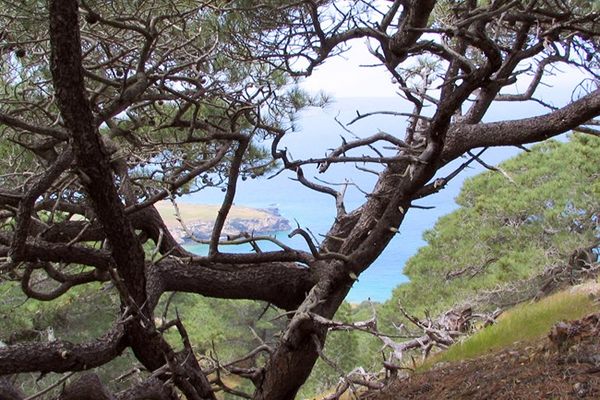


Follow us on Twitter to get the latest on the world's hidden wonders.
Like us on Facebook to get the latest on the world's hidden wonders.
Follow us on Twitter Like us on Facebook